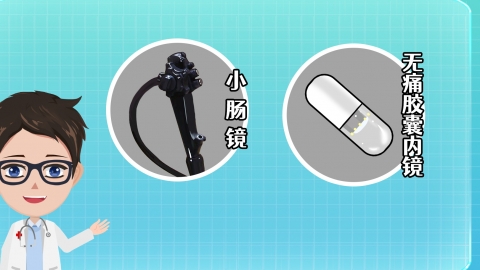How to distinguish hemorrhoidal bleeding from rectal bleeding
Generally, distinguishing between hemorrhoidal bleeding and hematochezia (blood in stool) involves differentiating based on aspects such as the color of the blood, bleeding pattern, digital rectal examination, fecal occult blood test, and colonoscopy. If any abnormalities occur, timely medical consultation is recommended. The detailed analysis is as follows:

1. Color of the blood: Hemorrhoidal bleeding is typically bright red blood, which does not mix with the stool and often appears on the surface of the stool or drips or spurts out after defecation. Blood in stool caused by intestinal diseases may vary in color depending on the bleeding site. For example, bleeding from the proximal rectum or colon is often dark red, while bleeding from the upper gastrointestinal tract typically appears as tarry black stool. If intestinal inflammation or tumors are accompanied by infection, the blood may be mixed with mucus or pus.
2. Bleeding pattern: Hemorrhoidal bleeding mainly occurs during or after defecation, manifesting as dripping blood during bowel movements, blood on toilet paper, or even jet-like bleeding. Bleeding usually stops spontaneously after defecation or may only involve slight oozing. In contrast, hematochezia caused by intestinal issues may involve continuous bleeding before or after defecation, with blood mixed into the stool, or even mucus-purulent blood in the stool.
3. Digital rectal examination: A digital rectal exam may detect nodules of internal hemorrhoids, hard masses caused by thrombosed external hemorrhoids, or anal canal stenosis. During the exam, soft hemorrhoidal masses may be felt in cases of hemorrhoidal bleeding. For hematochezia caused by intestinal conditions, if rectal masses, ulcers, or tenderness are detected, further investigations are needed to rule out tumors or inflammatory lesions.
4. Fecal occult blood test: This test detects hidden blood in the stool. A positive result warrants further investigation to identify potential intestinal diseases.
5. Colonoscopy: Colonoscopy is a crucial method for determining the cause of hematochezia. It allows direct visualization of the intestinal mucosa for signs of inflammation, ulcers, polyps, tumors, or other lesions, helping to identify the location and nature of the bleeding. Tissue samples can also be collected during the procedure for pathological examination.
In daily life, maintaining a light diet, increasing dietary fiber intake, avoiding prolonged sitting or standing, and maintaining regular bowel habits are recommended. If bleeding recurs frequently or is accompanied by other discomforts, prompt diagnosis and treatment are advised.





